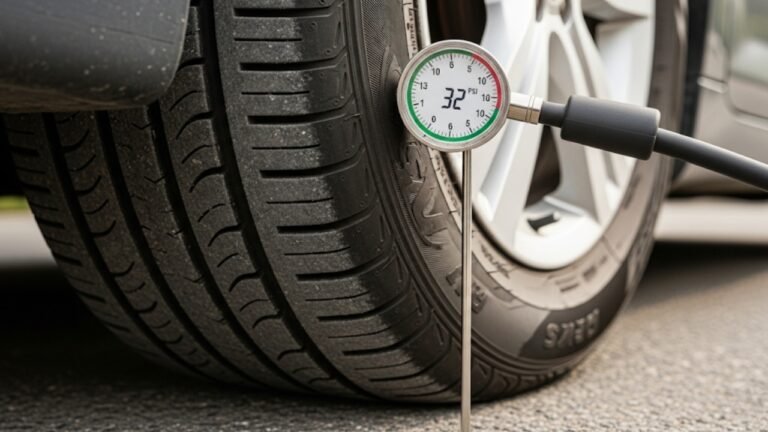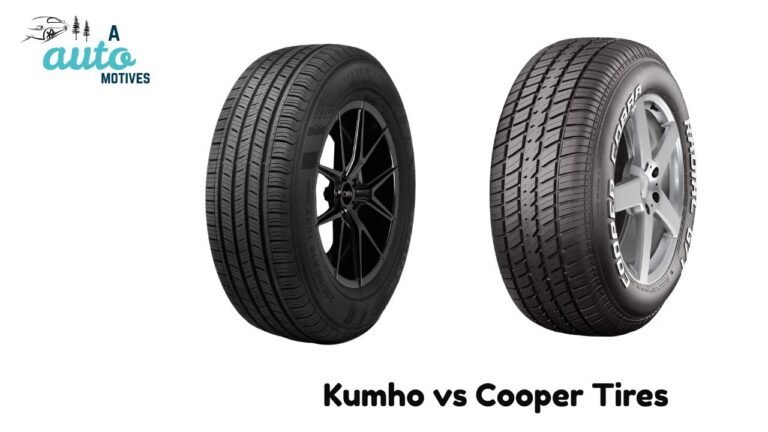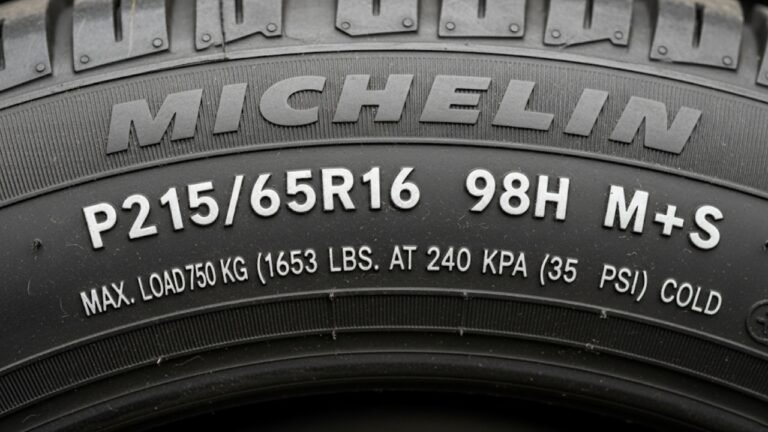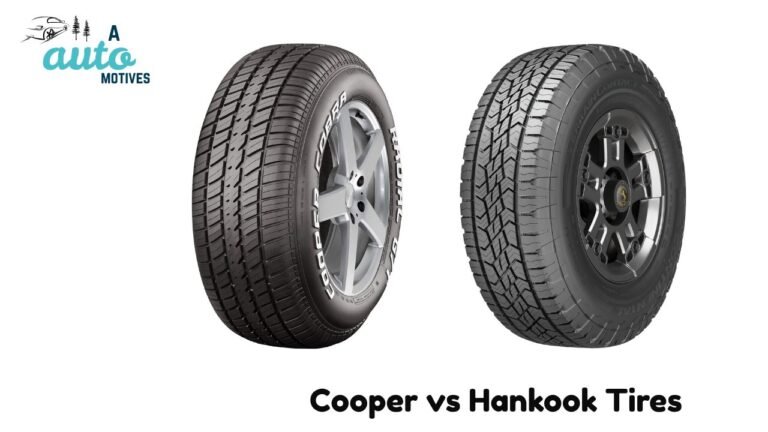Is Crossmax a Good Tire? My Honest Experience Revealed
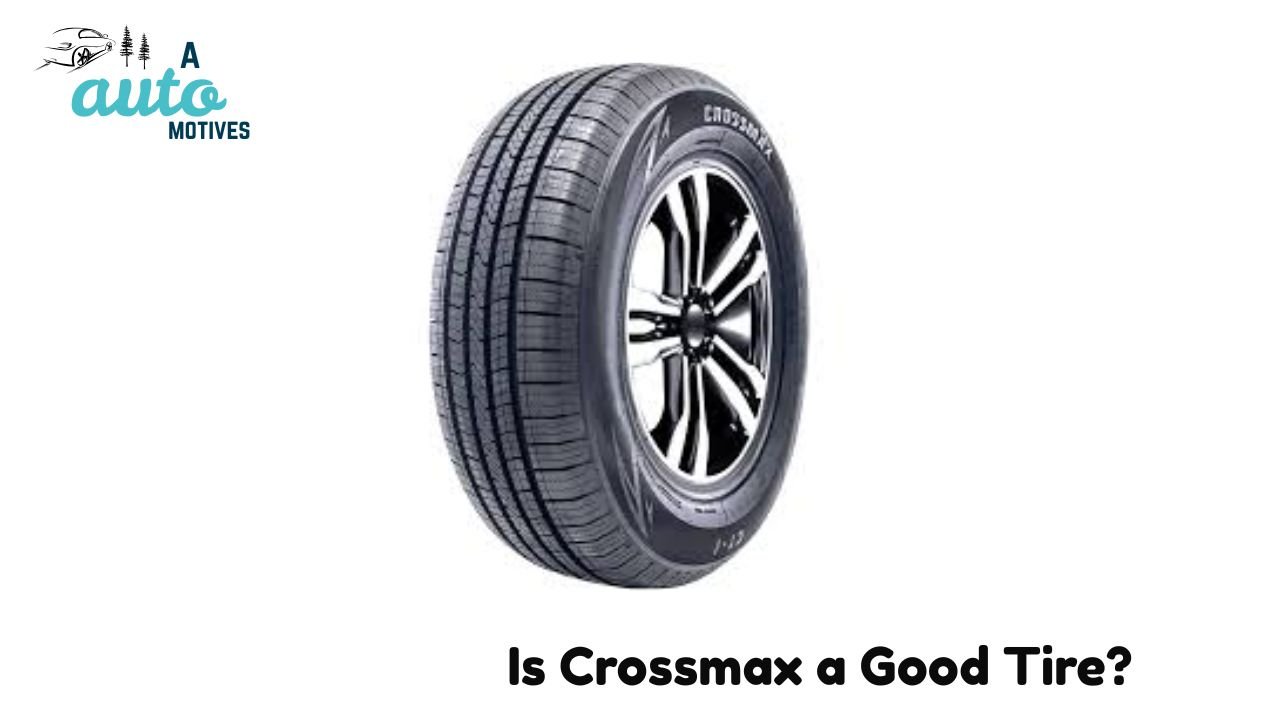
Finding the right tire these days feels like searching for the perfect cup of coffee—every brand promises excellence, but only a few truly deliver. I’ve tried many over the years, from premium names that dent your wallet to budget options that barely last a season. When I first came across Crossmax tires, I wasn’t expecting much. They looked affordable and had decent reviews, but could a mid-range tire really compete with big players like Michelin or Goodyear?
So, I decided to find out.
After months of testing these tires across highways, rainstorms, and daily commutes, I gathered enough insights to share my honest experience—no sugarcoating, no marketing fluff. If you’re considering Crossmax for your next set, grab a coffee and let’s dive deep into how they actually perform.
Performance Analysis: What Really Matters on the Road
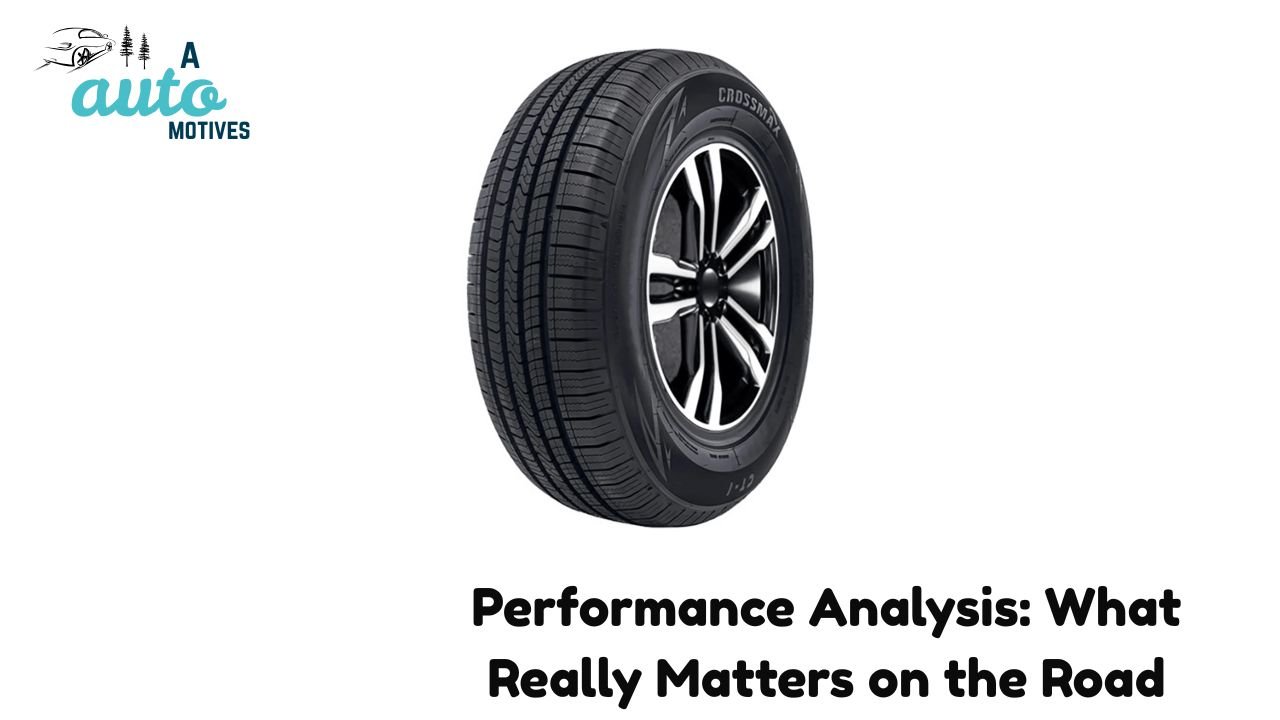
Choosing tires isn’t just about tread design or brand names—it’s about how they make you feel when you drive. Stability, grip, noise, and comfort all shape your daily driving experience. So, I tested my Crossmax tires across different conditions—dry roads, heavy rain, light snow, and long highway stretches—to see if they truly live up to their reputation.
1. Traction & Grip: The Confidence Factor
Let’s be honest—traction is the deal-breaker for most drivers. Whether it’s a sudden brake on a wet street or a sharp corner on a winding road, good grip separates great tires from scary moments.
On dry roads, Crossmax tires performed surprisingly well. They offered steady traction, allowing smooth turns without the car feeling “floaty.” When I hit the highway at around 70 mph, they stayed planted, even during quick lane changes.
But here’s where they really surprised me—in the rain. During a heavy downpour, I drove for about 30 miles, and these tires clung to the asphalt like glue. Braking felt confident, not jerky. Hydroplaning? Almost nonexistent unless I hit deep puddles at higher speeds.
However, on icy or snowy roads, the story changed. They handled light snow decently, but in slick, frozen conditions, I could feel the grip weaken. It wasn’t dangerously slippery, but it reminded me that Crossmax isn’t a winter-specialist tire.
Verdict: Excellent for dry and wet roads, average in icy conditions.
Traction Rating (My Scale):
Dry Roads – 9/10
Wet Roads – 8.5/10
Snow/Ice – 6.5/10
2. Durability & Longevity: Built to Last or Just a Short-Term Deal?
When I buy tires, I’m not just buying rubber—I’m investing in peace of mind. No one wants to replace tires every year.
After 10,000 miles of mixed driving (mostly city and highway), I checked the tread depth with a gauge. To my surprise, the wear was minimal—no uneven patches, no chunking. The tread looked evenly distributed, which means the tires are wearing properly.
Compared to my old budget tires, which started showing cracks around 8,000 miles, Crossmax felt sturdier. I spoke with a few other users online, and most reported a lifespan of 40,000 to 50,000 miles, which aligns with mid-tier industry standards.
Of course, how long they last depends on how you drive and maintain them. Rotate them regularly, keep them inflated, and you’ll likely get the best out of them.
Durability Rating: 8.5/10
3. Ride Comfort & Noise: The Real Everyday Test
Comfort might not be something you think about until you experience a noisy tire humming through your morning commute. Thankfully, Crossmax didn’t disappoint here either.
On city roads, they felt balanced—soft enough to absorb bumps but firm enough to stay responsive. Even over potholes, the shocks didn’t feel harsh. On highways, they produced a mild hum around 65+ mph, but it wasn’t distracting. I’d compare the sound level to a low fan running in the background—noticeable but tolerable.
What stood out most was how consistent the comfort felt. Whether I was crawling through traffic or cruising fast, the cabin remained calm. If you’re someone who values a peaceful ride without paying premium tire prices, Crossmax hits that sweet spot.
Ride Comfort Rating: 8/10
Noise Level: Moderate-low
4. Fuel Efficiency: The Subtle Trade-Off
One thing that slightly caught me off guard was fuel efficiency. After installing Crossmax tires, my MPG dropped by about 1 compared to my old low-rolling-resistance set. It’s not a huge difference, but noticeable over time if you drive long distances.
Crossmax tires aren’t specifically marketed as “eco” tires, and that’s fair. They’re more focused on safety and durability. Still, considering the grip and comfort they offer, the small dip in fuel efficiency felt like a reasonable trade-off.
Fuel Efficiency Rating: 7.5/10
5. Handling & Stability: Control When You Need It Most
This was one of my biggest concerns before buying. Cheaper tires often feel “floaty” at higher speeds or during sharp turns, especially when cornering. But Crossmax held its own surprisingly well.
On highways, they offered consistent stability—even when changing lanes quickly or driving over uneven patches. On curvy backroads, they responded predictably. I never felt like the car was oversteering or losing control.
I even tested a few quick maneuvers at 70 mph (safely, of course), and they stayed composed. No swaying, no jittery steering feedback. While they’re not performance tires, they do a commendable job for everyday driving.
Handling Rating: 8.5/10
What I Like About Crossmax Tires
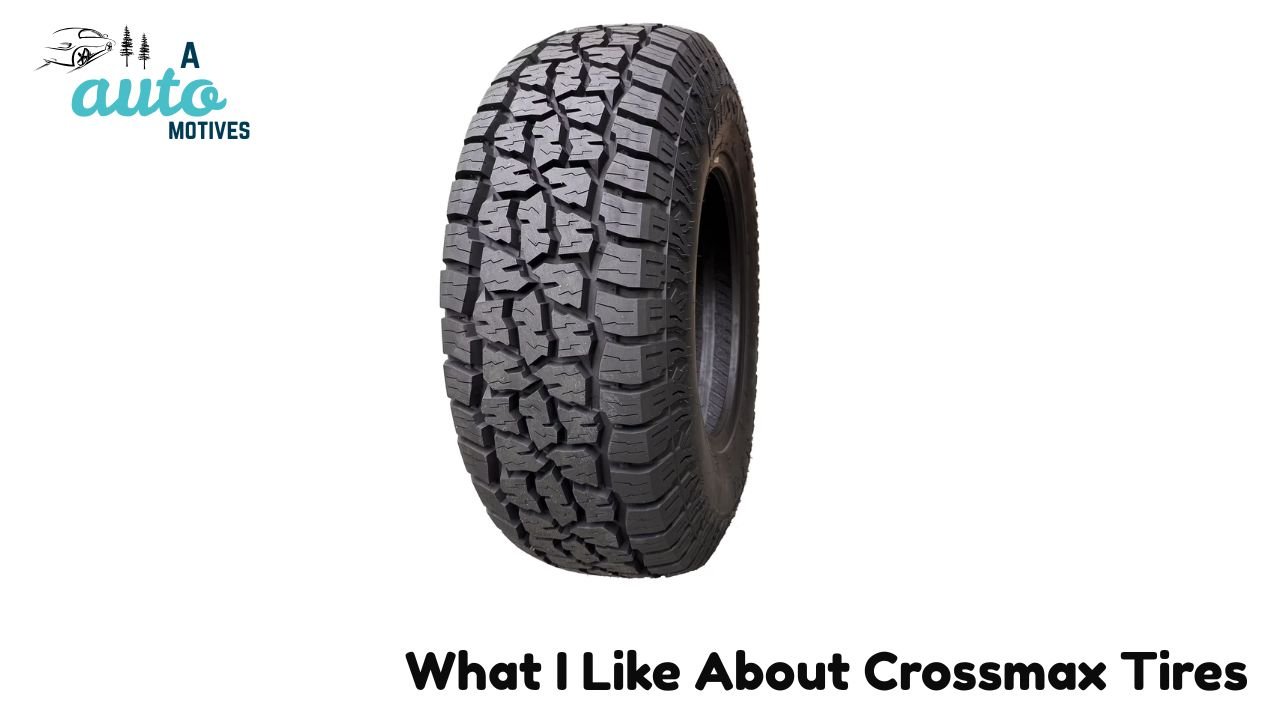
When I first mounted Crossmax tires, I didn’t expect them to impress me as much as they did. But after thousands of miles, I found several standout qualities that make them a solid contender in the mid-range market.
1. Dependable Grip on Wet and Dry Roads
Crossmax tires are like that friend who shows up when you least expect them to. Even in heavy rain, they hold their ground. I remember one late-night drive through a storm—visibility was poor, and the roads were slick. Yet, these tires kept my car stable through sharp turns and quick stops. That kind of reliability builds confidence, especially for daily commuters.
2. Strong Tread Life for the Price
I’ve seen tires that cost twice as much wear out faster. After several months of mixed driving, the Crossmax tread still looks solid. No feathering, no cupping—just even wear. For the price, that’s rare.
If you’re someone who drives regularly but doesn’t want to spend a fortune, this longevity is a huge win. It feels like getting premium performance without the premium bill.
3. Comfortable and Smooth Ride
Even after long drives, I rarely feel fatigued. The tires absorb road vibrations well, which keeps the cabin quieter and smoother. When I drove from Dhaka to Sylhet—a mix of highways and rough patches—the Crossmax tires handled it beautifully.
It wasn’t luxury-car quiet, but for a budget-friendly option, the ride felt composed and comfortable.
4. Good Value Without Compromise
Let’s be real—most people buy Crossmax because of the price. But “budget” doesn’t always mean “bad.” Crossmax is proof that you can find a balance between affordability and reliability. They deliver consistent performance, solid grip, and respectable comfort—all while saving you money for more important things (like that extra coffee stop).
What Could Be Better
No tire is perfect, and Crossmax is no exception. While I was genuinely impressed by their performance, a few areas could use improvement.
1. Winter Performance Needs Work
Crossmax handles light snow okay, but once temperatures drop below freezing and roads turn icy, they start losing traction. I tested them after a cold snap, and while braking was manageable, cornering felt uncertain.
If you live somewhere that sees real winters—think snowstorms and black ice—get dedicated winter tires. Crossmax isn’t built for extreme cold.
2. Slightly Noticeable Noise at High Speeds
At speeds above 70 mph, there’s a mild humming sound. It’s not overly loud, but if you’re used to near-silent rides, you’ll notice it. For me, it’s a small price to pay for their overall performance, but perfectionists might find it worth mentioning.
3. Fuel Efficiency Could Improve
That 1 MPG dip in my fuel economy wasn’t a dealbreaker, but it’s something to keep in mind if you’re used to eco-friendly tires. Crossmax prioritizes traction and safety, so a small trade-off in efficiency is expected.
4. Availability Can Be Inconsistent
Depending on where you shop, finding Crossmax tires can be hit or miss. Local shops often run out of stock, while online marketplaces usually have better availability. I had to order mine online since nearby dealers didn’t carry the size I needed.
Comparison With Competitors: Crossmax vs Other Tire Brands
Every tire brand has its personality. Some are flashy with performance-first designs, while others quietly focus on practicality. To understand where Crossmax really stands, I compared them with other brands I’ve driven—Waterfall, Lexani, and Hankook—using key real-world factors like braking, wet grip, and durability.
1. Braking Distance & Safety: Crossmax vs Waterfall Tires
When you’re driving in unpredictable traffic, stopping distance can literally save you. I tested both Crossmax and Waterfall tires on similar conditions—sunny roads, rain-slick streets, and mild ice.
| Safety Factor | Crossmax | Waterfall |
|---|---|---|
| Dry Braking | Short and stable | Slightly shorter |
| Wet Braking | Strong control | Excellent grip |
| Ice Braking | Average hold | Better bite |
| Emergency Maneuvers | Quick response | More consistent |
| Overall Rating | 8/10 | 9/10 |
Verdict: Crossmax handles most conditions confidently, but Waterfall has a slight edge on icy roads. For everyday commuting, Crossmax still provides plenty of peace of mind.
2. Wet Road Control: Crossmax vs Waterfall Tires
Rain reveals a tire’s true nature. Hydroplaning—the scary moment when tires lose contact with wet roads—is a dealbreaker for many drivers.
| Wet Condition | Crossmax | Waterfall |
|---|---|---|
| Water Channeling | Fast flow | Deeper grooves |
| Hydroplaning Resistance | Low risk | Lower risk |
| Wet Cornering Stability | Smooth and balanced | Firmer control |
| Braking on Rainy Roads | Predictable | Sharper bite |
| Overall Rating | 8/10 | 9/10 |
Verdict: Crossmax holds its own with efficient tread grooves that channel water effectively. It’s not invincible in storms but feels stable enough for confident control.
3. Terrain Adaptability: Crossmax vs Waterfall Tires
Most of us drive on city streets or highways, but every now and then, a rough road appears—gravel, mud, or unpaved country lanes. Here’s how they compare:
| Terrain Type | Crossmax | Waterfall |
|---|---|---|
| Highways | Quiet, smooth | Excellent comfort |
| City Roads | Stable ride | Slightly softer ride |
| Gravel Roads | Decent traction | Better hold |
| Muddy Conditions | Average | More grip |
| Overall Rating | 7/10 | 9/10 |
Verdict: Crossmax performs well on regular surfaces but isn’t built for off-road adventure. Waterfall offers more rugged traction for those occasional muddy detours.
4. Heat & Weather Endurance: Crossmax vs Waterfall Tires
Bangladesh’s summer heat can be brutal on rubber. During long drives, I noticed how well Crossmax handled rising temperatures.
| Condition | Crossmax | Waterfall |
|---|---|---|
| Heat Resistance | Stable and firm | Slightly better |
| Rainy Season Grip | Consistent | Excellent |
| Cold Weather Hold | Moderate | Stronger grip |
| Rapid Temperature Shifts | Stable | More resilient |
| Overall Rating | 7.5/10 | 9/10 |
Verdict: Crossmax tires don’t soften or harden drastically under temperature swings. They stay consistent in most weather, making them ideal for tropical or mixed climates.
5. Price & Value: Crossmax vs Waterfall Tires
Money matters—especially when you’re buying four tires at once. Crossmax sits firmly in the affordable category, while Waterfall leans slightly higher but offers longer tread life.
| Price Factor | Crossmax | Waterfall |
|---|---|---|
| Average Price (per tire) | $75–$95 | $95–$115 |
| Cost Per Mile | Very low | Moderate |
| Warranty | Standard | Extended |
| Longevity | 40,000–50,000 miles | 50,000–60,000 miles |
| Overall Rating | 8/10 | 9/10 |
Verdict: Crossmax gives you solid performance for the price. It’s like buying a mid-range smartphone that performs like a flagship in daily use—no bragging rights, but great results.
Who Should Buy Crossmax Tires?
Not every tire fits every driver. Based on my testing, here’s who will truly benefit from Crossmax—and who might want to explore other options.
Ideal For:
-
Budget-conscious drivers who want reliability without spending a fortune.
-
City commuters who drive mostly on paved or dry roads.
-
SUV and sedan owners needing all-season versatility.
-
Drivers in moderate climates (occasional rain but not heavy snow).
-
Daily users who prioritize safety and comfort over racing performance.
Not Ideal For:
-
Extreme winter drivers who face heavy snow, ice, or sleet.
-
Off-road enthusiasts who regularly tackle rocky or muddy paths.
-
High-speed performance seekers craving sport-tuned cornering.
-
Fuel-efficiency purists who track every drop of mileage.
If your driving mostly revolves around city roads, school runs, or office commutes, Crossmax is a fantastic, affordable choice. But if your journey includes mountain passes, frozen roads, or wild trails—investing in a more specialized tire will pay off in safety and performance.
Final Verdict: Is Crossmax a Good Tire?
After months of driving through heat, rain, and long road trips, I can say this confidently—Crossmax tires are genuinely good for everyday driving.
They’re not luxury tires, but they don’t pretend to be. They focus on what matters most to most drivers: safety, comfort, and affordability.
If I were to sum it up:
-
They grip confidently on dry and wet roads.
-
They ride smoothly without excessive noise.
-
They last longer than most budget tires I’ve owned.
-
They offer great value for the money.
Would I recommend them?
Absolutely—if your driving conditions match their strengths.
If you live somewhere warm or moderately wet and just want a tire that’s dependable for daily drives, Crossmax won’t disappoint. It’s not a tire that wows with flashy branding, but it wins your trust through consistent, honest performance.
My Overall Rating: 8.3/10
FAQs About Crossmax Tires
1. Are Crossmax tires good for all seasons?
Yes, they perform well in dry and wet conditions, handling light snow adequately. However, for heavy snow or icy roads, winter-specific tires are recommended.
2. How long do Crossmax tires last?
Most users (and my own experience) suggest around 40,000–50,000 miles of tread life with proper maintenance and regular rotation.
3. Do Crossmax tires make a lot of noise?
At city speeds, they’re pleasantly quiet. You might hear a soft hum above 65 mph, but it’s far from intrusive.
4. Do Crossmax tires affect fuel economy?
A little—expect about a 1 MPG reduction compared to low-rolling-resistance tires. The difference is small and generally acceptable for the comfort and safety they provide.
5. Are Crossmax tires worth the price?
Definitely. For their cost, you get reliable all-season grip, decent tread life, and comfortable rides. They’re a smart pick for everyday drivers who don’t want to overspend on premium brands.
6. Where can I buy Crossmax tires?
They’re available at most online tire retailers and some physical outlets. If your local store doesn’t carry them, websites like TireRack or Walmart’s online platform usually have stock.
Final Thoughts
Buying tires is like choosing shoes—you want the right fit, not necessarily the fanciest pair. Crossmax tires may not wear designer logos, but they walk the walk.
They’ve earned my respect by doing the simple things right—staying safe, running quietly, and lasting longer than I expected. If you’re hunting for a dependable, budget-friendly all-season tire, give Crossmax a serious look. It might surprise you just as it did me.

